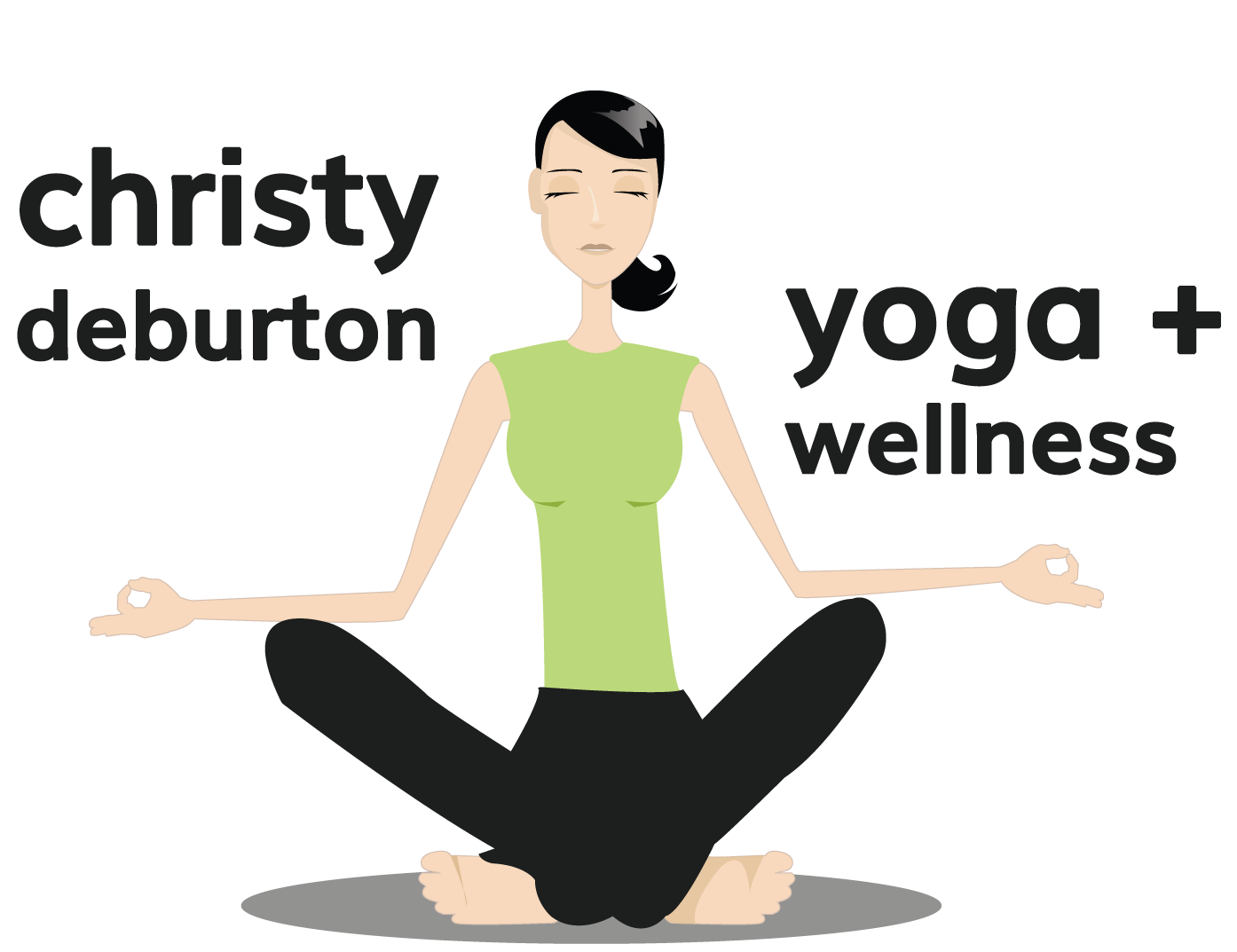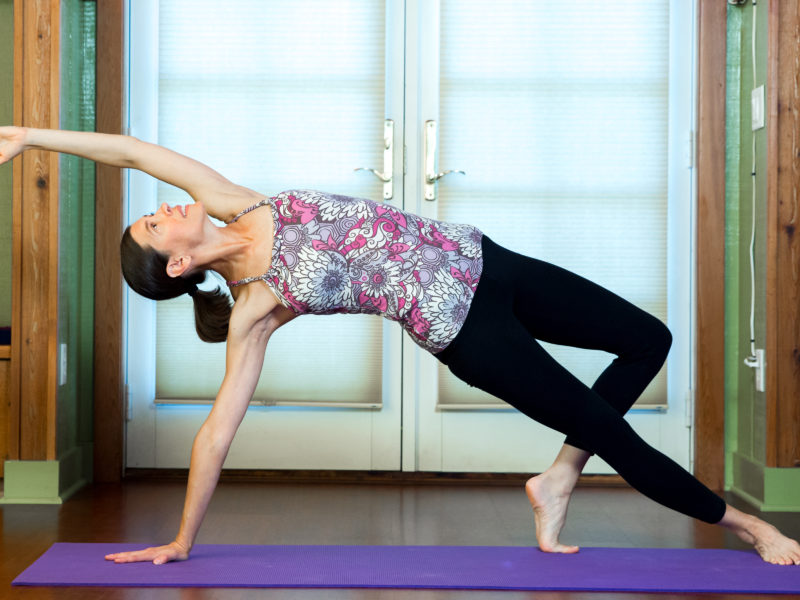Over the decade I’ve spent doing research on (peri)menopause, I’ve come across several recommendations from experts saying that as you move through this life transition your workout routine needs to change. In particular, the general consensus is that the length of your workouts should get shorter. Yes, you heard that right! Less exercise! Now that I’ve got your attention, let me explain.
Hormones + Exercise During Perimenopause
As you age you lose muscle mass and your energy levels just aren’t what they used to be thanks to declining hormones like estrogen and testosterone. In addition, if you’re exercising a lot it increases cortisol (the stress hormone), which can also increase weight and inflammation (and they already have a tendency to increase with age, unfortunately). So during perimenopause your workout needs to change–specifically, by getting shorter. (Yay!) The tradeoff is that during your shorter workout, you need to work harder. Intensity is what is important to maintain strength in your muscles, bones, heart and lungs. I share examples of more high-intensity exercise workouts in my Ultimate Perimenopause Guide, including a 30-minute Functional Flow Yoga video. In this new style of yoga I created that is safe and sustainable for women in their 40s, 50s and beyond, you move your body continuously through a sequence of dynamic yoga poses (the ‘flow’ part) to get your heart rate up and build strength and flexibility (the ‘functional’ part). You can check out a 5-minute sample of it on my YouTube Channel.
Yoga for Perimenopause
Now, if you’re anything like me, you’re not going to give up your traditional yoga practice–nor should you. Yoga helps manage stress, which is a major contributor to hormone imbalance. Calming, cooling postures can help with (peri)menopausal symptoms like hot flashes, mood swings and insomnia. In addition, you can include 2nd Chakra poses in your yoga practice that bring energy and circulation to the ovaries and uterus and strengthen the entire pelvic area. (I’ve included a list of cooling yoga postures, as well a short yoga sequence for Hot Flashes and a 2nd Chakra yoga video, in the Guide.)
Most importantly, figure out what kind of exercise you can realistically incorporate into your weekly routine, and which days of the week you can commit to exercising. If you need a little help establishing a weekly exercise routine, a few private yoga sessions with me (in-person or virtual) will give you the support, accountability and inspiration you need to keep going–and reap the benefits of less hot flashes, mood swings, insomnia and stress.
This is the 3rd in a series of 5 blog posts with lifestyle changes I recommend making for (peri)menopause. You can find my four other blog posts here: Sleep; Nutrition; Herbs + Supplements; and Self-Care. For more valuable tips and advice, check out my Ultimate Perimenopause Guide–only $19 for a limited time!


 Four Funky + Fabulous Vegan Summer Salads
Four Funky + Fabulous Vegan Summer Salads